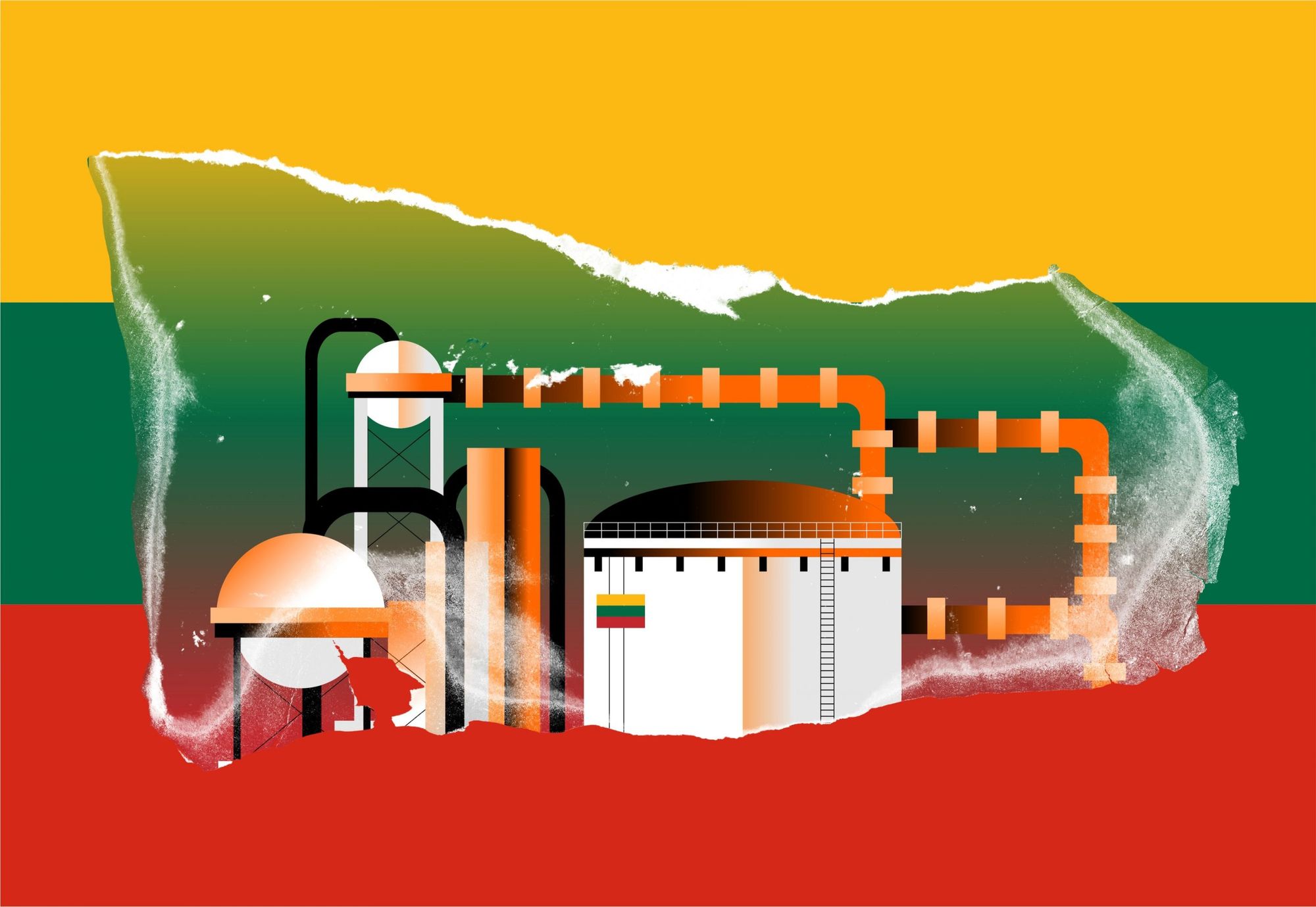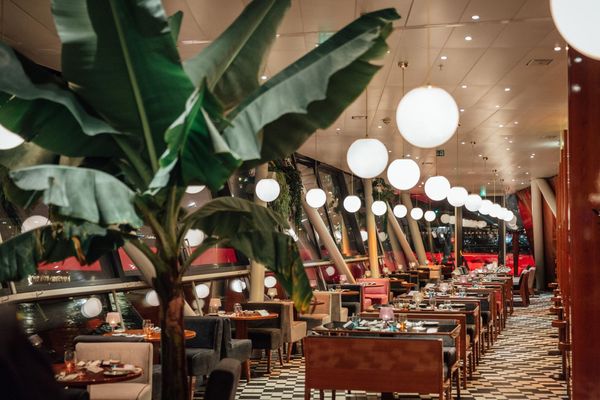Two countries can commercially attract each other just like two celestial bodies do because of the law of gravity. The larger the economies and the closer the geographical proximity, the more likely they will become trading partners. Thus, it is no surprise that Russia has been one of the most significant partners of Lithuania, accounting for 12 percent of total imports in 2021. But how is it possible that Lithuania was the first European country to completely free itself from Russian gas after the invasion of Ukraine?
Lithuania’s journey to achieve energy independence from Russia goes back for decades. In 2012, the country sued Gazprom for almost $2 billion because the Russian company was exporting drastically overpriced gas to Lithuania. For example, Germany had to pay $400 per thousand cubic meters, while Lithuania paid $500 for the same amount. At this time, the Lithuanian leaders realized that it was crucial to find new alternatives to secure the country’s energy supply as depending on Russia to that great extent is risky.
They started to build a liquefied natural gas (LNG) terminal, named Independence, on the Baltic coast in the western part of the country to cut dependence on the pipelines coming from the east by supplying the country with LNG. The project has had impressive results; by May 2014, Lithuania had achieved a reduction in energy prices of around 20 percent.
History repeated itself a few years later when Finland found itself in a similar situation as the Lithuanians before 2014. In 2019, Finland paid roughly €150 million more per year than Lithuania for the same amount of Russian gas. A new pipeline was built between Estonia and Finland, which helps the Finns since 2020 to a large extent. This pipeline is mostly used to flow the imported gas from Lithuania to Finland, which allowed the latter cut Russian gas imports by 35% in 2020.

Lithuania is a relatively small country, with a limited annual gas consumption of 2 to 3 billion cubic meters. So, it took only a few months to cease all Russian energy imports after the Russo-Ukrainian war broke out in February 2022. Today, most of the country’s LNG imports come from Norway, Qatar, and the United States.
Of course, such a smooth transition is not equally easy for all European countries. For instance, landlocked countries are unable to import LNG directly via tankers, and economies with higher energy needs cannot be as flexible as Lithuania regarding alternative solutions. Nonetheless, Lithuania’s fast switch to LNG is exemplary, serving as a role model for the other EU Member States as in 2020 almost all of the country’s energy imports, 96.1 percent, already came from non-Russian sources.
In the medium term, the EU’s independence from Russian gas is achievable at least partially, but it contradicts the greening of the energy sector. Moreover, expensive investments are only profitable if long-term plans accompany them, so building LNG terminals requires a strong and stable political will.
It is not set in stone how Europe should secure its energy supply. Nonetheless, the passage of time without effective solutions favors Russia. Suppose the heating season arrives and Europeans start to feel the steadily rising energy prices even more. In that case, the public opinion might change regarding the war and the sanctions, and the possibility of returning to the cheap, tried-and-tested Russian gas will be tempting.

Budapest, through the eyes of creative expats II. | Aleksandra from Frida Knit Studio

Relaxing on the rocking waves of the river—event boats in Eastern Europe | TOP 5










